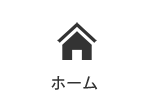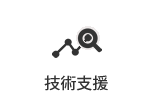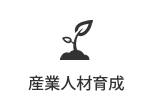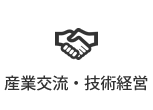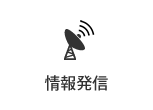本文
No.4(2009)5.Investigation of the effectiveness of standard materials used to the performance evaluation of the PSL detectors for irradiated foods
Masayuki Sekiguch, Seiko Nakagawa, Michiko Goto, Masao Yamazaki
Six different minerals (dolomite, bentonite, montmorillonite, kaolin, talc, activated clay), gloss sheets for laser(LP) and ink-Jet printer(IP), and four types of glass fiber filters (GA-100, GB-100R, GD-120, GF/C) have been investigated for availabilty as the standard material for maintainance and calibration of photostimulated luminescence (PSL) detectors for irradiated foods. Montmorillonite applied to a paper disc had an adequate PSL intensity caused by natural radiation in comparison with other minerals, but the stability of the PSL was affected by light exposure in the manufacturing process. The PSL intensity of IP was drasticaly decreased one day after irradiation but LP had an adequate PSL intensity with the exception of high level backgroud counts just after irradiation. The glass fiber filters, except for GF/C, differed little in PSL intensities between the upper and under side, but compression in the filter caused fluctuation in the PSL intensity. Changes in PSL intensities of LP and GA-100 with time differences after irradiation were further studied. The cumulate photon counts were markedly decreased in the first two months for GA-100, and in the first month for LP after irradiation. GA-100 showed relatively less variation in cumulate photon counts compared with LP and the paprika standard in a series of studies.
Keywords
Photostimulated luminescence, Irradiated food, Detection method, Standard materials, Glass fiber paper, Natural minerals






